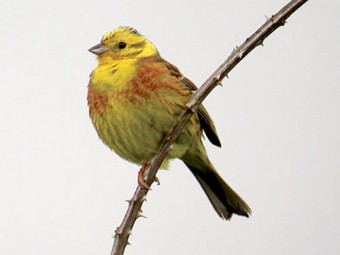
Conures are native to most of South and Central America.
In general, they are part of a large group of parrots that range from small species of 8.5 inches in length (about the size of some of the parakeets) to 19 inches (larger than some of the smaller macaws) with most of them being in the 12 to 13 inch range.
They can be very colourful birds, in both appearance and personality. These birds have a never-ending source of energy. They are fun to watch because of their vibrant colours and acrobatic natures. They are pleasant and peaceful birds. Unfortunately, the voice of many Conures is not always pleasant – often consisting of bouts of loud screaming. Although not known for their talking abilities, many can develop good vocabularies, especially if handfed.
Green Cheek Conures, like my Griffin pictured here are among the smaller conures that are fairly common as pets. They are generally very quiet and even their speaking voice is almost a whisper.
Sun Conures, like TJ who belongs to a member of the Parrot Club of Manitoba is a mid sized conure. Their voice can be considerably louder than a smaller conure, but their personality is fun and outgoing.
The Key features of Sun Conure are, it is medium-sized parrot with large, black hooked bill, large head; long wings; long, tapered tail; plumage bright yellow, intensifying to orange on head and belly; outer wing bright green, with blue on primaries and primary coverts; sexes alike. Its habits are usually seen in medium-sized flocks; mobile and noisy; feeds in trees and shrubs.
They nest in tree holes, often in palms; other details known from captive, birds 4 eggs; incubation 28 days, by female; young fledge after 56 days; 1 brood. Sun Conure sounds like high-pitched, grating “screek”, rapidly repeated. Feed mainly fruit. Their habitat is Savanna and forest.









